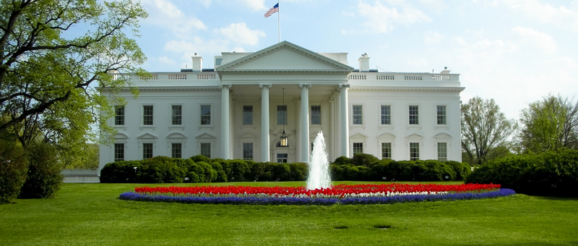BREAKING NEWS: Biden FY 2022 Proposed Budget Calls for 23.5-Percent HHS Spending Hike | Healthcare Innovation

On Friday, April 9, President Joe Biden released his first proposed federal budget, for federal fiscal year (FY) 2022, one that would increase the budget of the Department of Health and Human Services (HHS) by 23.5 percent, to $131.7 billion, and boost spending on the federal Centers for Disease Control and Prevention (CDC), opioid treatment, and mental healthcare, among other items. Biden’s proposed 23.5-percent boost contrasts with former President Donald Trump’s 2021 proposed budget, which called for a 9-percent decrease in HHS discretionary spending.
The broader context is important here, as the proposal for increased healthcare spending—along with a huge boost to the Department of Education—comes in the context of far more moderate increases in defense and other types of spending.
As The Hill’s Niv Elis wrote on Friday morning, “President Biden on Friday proposed a $1.5 trillion annual budget for 2022 fiscal year, $118 billion higher than the regular 2020 appropriations, featuring a significant 16 percent boost in non-defense spending. The $769 billion non-defense budget, which covers government departments such as Transportation, Health and Human Services, Justice, and Education, is a $105.7 billion increase from the current level. Administration officials, who say that the government has underinvested in domestic spending for years, noted that it would be roughly in line with the 30-year non-defense average of 3.3 percent of GDP,” Elis wrote.
Meanwhile, he wrote, “Defense spending, which some budget watchers expected to stay flat in the proposal, would increase by $12.3 billion, or 1.7 percent, to $753 billion, though none of that spending will take place through a decades-old “emergency” bucket of spending that many derided as a budget gimmick and slush fund. In a stark reversal from four years of budget requests from President Trump, which sought to slash funding for major agencies but were routinely dismissed by Congress, the Biden proposal beefs up government agencies, including a 40.8 percent increase for Education, a 27.7 percent increase for Commerce, a 23.1 percent increase for Health and Human Services, and a 16 percent increase for Agriculture. It would also boost agencies such as the Environmental Protection Agency by 21.3 percent and the National Science Foundation by 19.8 percent.”
Axios’s Jacob Knutson broke down the numbers in terms of healthcare spending thus:
Ø HHS budget: $131.7 billion, up 23.5% from 2021
Ø $8.7 billion for the CDC, up $1.6 billion from 2021
Ø $10.7 billion to help end the opioid epidemic, up $3.9 billion from 2021
Ø $1.6 billion mental health block grants, more than double 2021 levels
Ø $4.3 billion for Office of Refugee Resettlement
Ø $489 million for domestic violence survivors, more than double 2021 levels
Meanwhile, the Washington Post’s Rachel Siegel wrote on Friday morning that “On healthcare spending, Biden’s proposal would ramp up funding for the Department of Health and Human Services to $131.7 billion, a 23.5 percent increase from the 2021 enacted level. That would include $8.7 billion for the Centers for Disease Control and Prevention, up $1.6 billion over the 2021 enacted level and the largest budget authority increase for CDC in nearly 20 years. The request also includes $905 million for the Strategic National Stockpile to replenish critical medical supplies and other needs amid the covid pandemic.”
What’s more, Siegel wrote, “Beyond coronavirus, the proposal would put $10.7 billion to combat the opioid crisis, and $670 million to fight the country’s HIV/AIDS epidemic. It also increases appropriations for mental health services and block grants and provides expands suicide prevention activities. The proposal also spans a number of other health-based initiatives, including addressing racial disparities in healthcare, reducing the maternal mortality rate and increasing funding for domestic violence hotlines and medical support. Trump’s 2021 budget proposal sought to cut HHS discretionary spending by 9 percent. The proposal sought to eliminate Community Development Block Grants, low-income energy assistance and certain training programs for health professionals — efforts which had long been part of a conservative push.”
As the New York Times’s Jim Tankersley wrote, “The Biden administration is proposing a 16 percent increase in federal spending on domestic priorities including education, fighting climate change and reducing poverty as part of a $1.52 trillion funding request the White House is sending to Congress on Friday. The request, which comes on top of President Biden’s plans to seek trillions of dollars in new infrastructure spending, is for the fiscal 2022 year, beginning in October. It does not include tax proposals, economic projections or spending on so-called mandatory programs like Social Security, all of which will be included in a formal budget request the White House will release later this spring. But it lays out Mr. Biden’s priorities and shows his willingness to use the power — and purse-strings — of the federal government to reverse what officials called a decade of underinvestment by the government in the nation’s most pressing domestic problems.”
This is a developing story. Healthcare Innovation will bring readers updated reports as new developments emerge.
